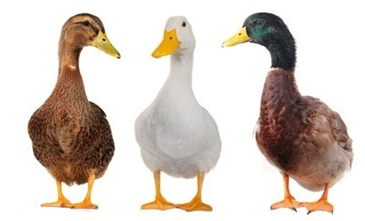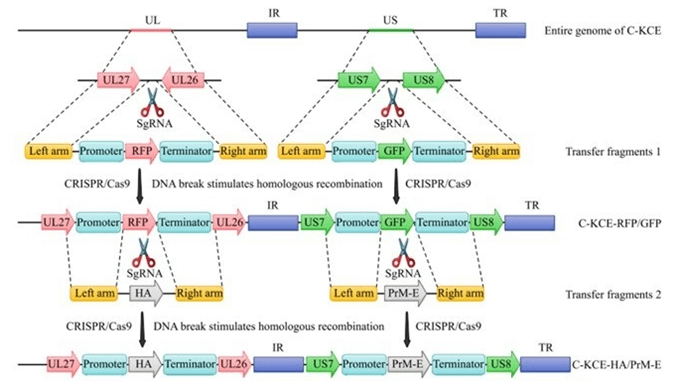Duck is a generic name for birds in some genera of the family Anatoidea, all ducks are swimming birds, relatively small in size, with short necks, some genera have larger beaks.
The duck is one of the main poultry raised by humans and is the second most commonly slaughtered animal in the world for meat, after the chicken. Duck meat and duck eggs are edible, and duck meat has a high nutritional value. Duck meat has a much higher protein content than livestock meat and a moderate and evenly distributed fat content. Duck feathers are very fluffy and save a lot of air in the middle to prevent heat loss due to airflow, so duck feathers can be processed as insulation material.

The genetic diversity of local duck breeds is very rich and is the genetic basis and raw material for breed improvement. Breeding is the first step to obtain high-yielding, high-quality animals, and traditional genetic breeding is a time-consuming, labor-intensive and costly process. Therefore, Lifeasible provides genetic improvement tools based on CRISPR/Cas9 gene-editing technology.
Duck tembusu virus disease (DTMUV) is an epidemic disease characterized by a dramatic decrease in egg production in ducks, with birds exhibiting weight loss, high fever, reduced appetite, decreased egg production, or even cessation of egg production, and partial death. DTMUV has mutations and its infected hosts are expanding.
Duck virus enteritis (DVE), also known as Duck plague (DP), is an acute contact infection of ducks, geese, and other Anseriformes birds caused by duck enteritis virus (DEV), characterized by vascular destruction, tissue hemorrhage, mucosal breakdown of the digestive tract, lymphatic organ damage and parenchymal organ degeneration. The sick birds have elevated body temperature, paralysis of both legs, dysentery, lacrimation, and swelling of the head in some of the sick ducks. The disease spreads rapidly and poses a serious threat to the duck breeding industry and even waterfowl farming because of its particularly high morbidity and mortality.
Meanwhile, highly pathogenic avian influenza virus (HPAIV) H5N1 are also the most important viral pathogens in ducks, as they cause significant economic losses in the duck industry.
 Figure 1. Schematic diagram of the development of a novel trivalent vaccine candidate based on CRISPR/Cas9 gene-editing technology. (Zou Z., et al., 2017)
Figure 1. Schematic diagram of the development of a novel trivalent vaccine candidate based on CRISPR/Cas9 gene-editing technology. (Zou Z., et al., 2017)
Because DTMUV, DVE, and H5N1 all cause significant economic losses to the duck industry, the development of novel vaccines that are effective against all three viruses simultaneously is the most cost-effective way to reduce losses. Lifeasible has effectively developed genetically engineered triple vaccines using CRISPR/Cas9-mediated gene editing strategies, which could serve as potential trivalent vaccine candidates to prevent ducks from H5N1, DTMUV, and DEV infections.
References
Lifeasible has established a one-stop service platform for plants. In addition to obtaining customized solutions for plant genetic engineering, customers can also conduct follow-up analysis and research on plants through our analysis platform. The analytical services we provide include but are not limited to the following:
STU-CRISPR System Improves Plant Genome Editing Efficiency
April 19, 2024
Application of Exosomes in Facial Beauty
April 12, 2024